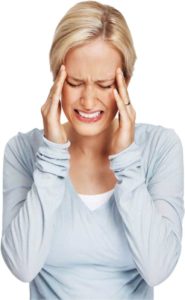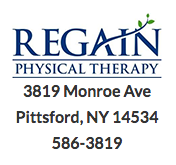What it is and What You can do About it
Overview on Concussions

- A concussion is a traumatic brain injury that can have both short and long term physical, cognitive, and behavioral effects. It occurs when the brain is violently shaken.
- Concussions can happen with rapid movement changes or if the head is hit directly. They can occur at any age from work accidents, playground accidents, sports, car accidents,
- Symptoms vary depending on which area of the brain suffers the injury. Recovery can take several weeks to several months or years, depending on the severity and age of the individual.
- Physical signs and symptoms include headaches, dizziness, difficulty with balance and coordination, nausea/vomiting, double or blurred vision, sensitivity to light and/or sound and fatigue.
- Physical therapy can be helpful after initial rest period to improve persistent problems such as dizziness, neck pain, headaches, and difficulty with balance and coordination.
falls, or violence.
Physical Therapy Can Help You By:

- Performing a cervical (neck) screen to check the range of motion, neck pain, and to see if any other symptoms are coming from the cervical region after the concussion.
- Vestibular physical therapy may also be performed to help improve balance, decrease motion sensitivity and dizziness, and change gaze focus.
- Reducing headaches with manual techniques, exercises, and stretches.
- Monitoring return to activities by developing a program to gradually increase strength, endurance, coordination, and balance while avoiding overloading the brain to allow a safe recovery.
Click here for the downloadable version.